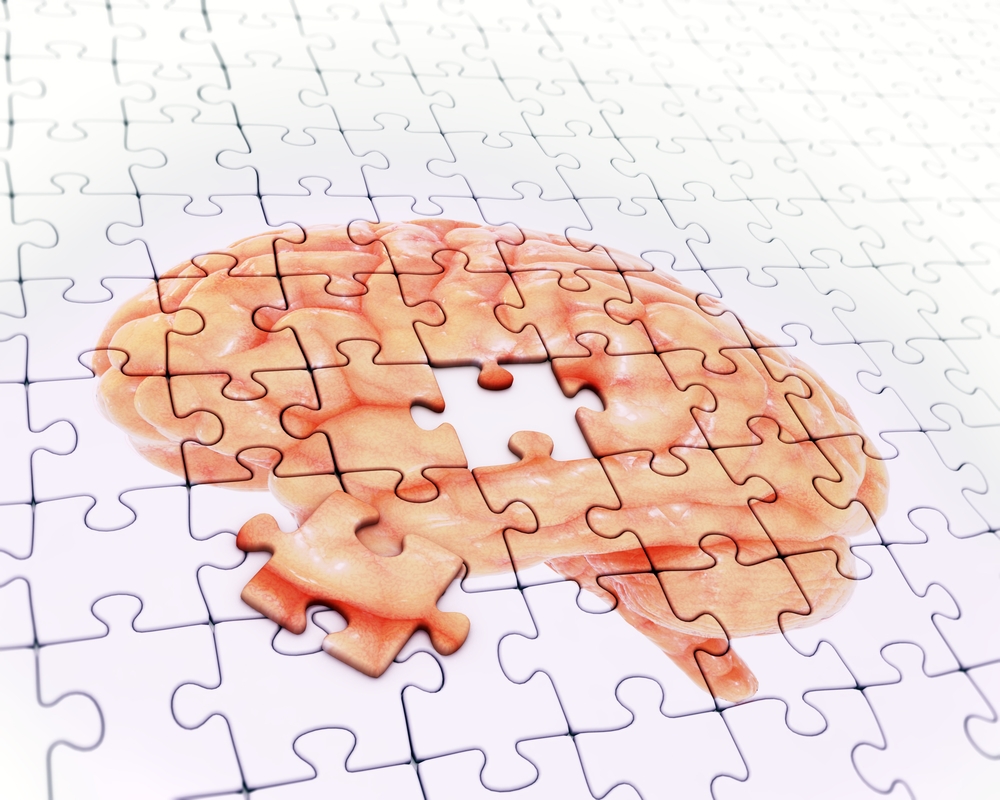Is your facility truly restraint free? While many facilities now have a zero-tolerance approach for the use of physical or chemical restraints for residents, what do you do when a difficult situation arises? If you are still using medication to correct or subdue the behavior of challenging residents, you may need to consider alternative nondrug approaches to ensure quality care and regulatory compliance at your facility.
Research indicates that residents with dementia present the highest risk for both physical and chemical restraints in a health care setting. Their symptoms of confusion, agitation, or even aggression are often perceived as unsafe or dangerous to their peers or staff members. Thus, many caregivers use medication as a means of restraining this behavior.
To ensure quality care, care providers must learn to understand when the use of a chemical restraint is appropriate and when it’s not as well as the guidelines for use and titration. Of greater importance, there are many behavioral alternatives to chemical or physical restraints that will better support your residents and those around them.
To learn more about restraint reduction at your facility, visit Mariposa Training, and take our course titled “Restraint Reduction: Behavioral Alternatives to Physical and Chemical Restraint” today!



